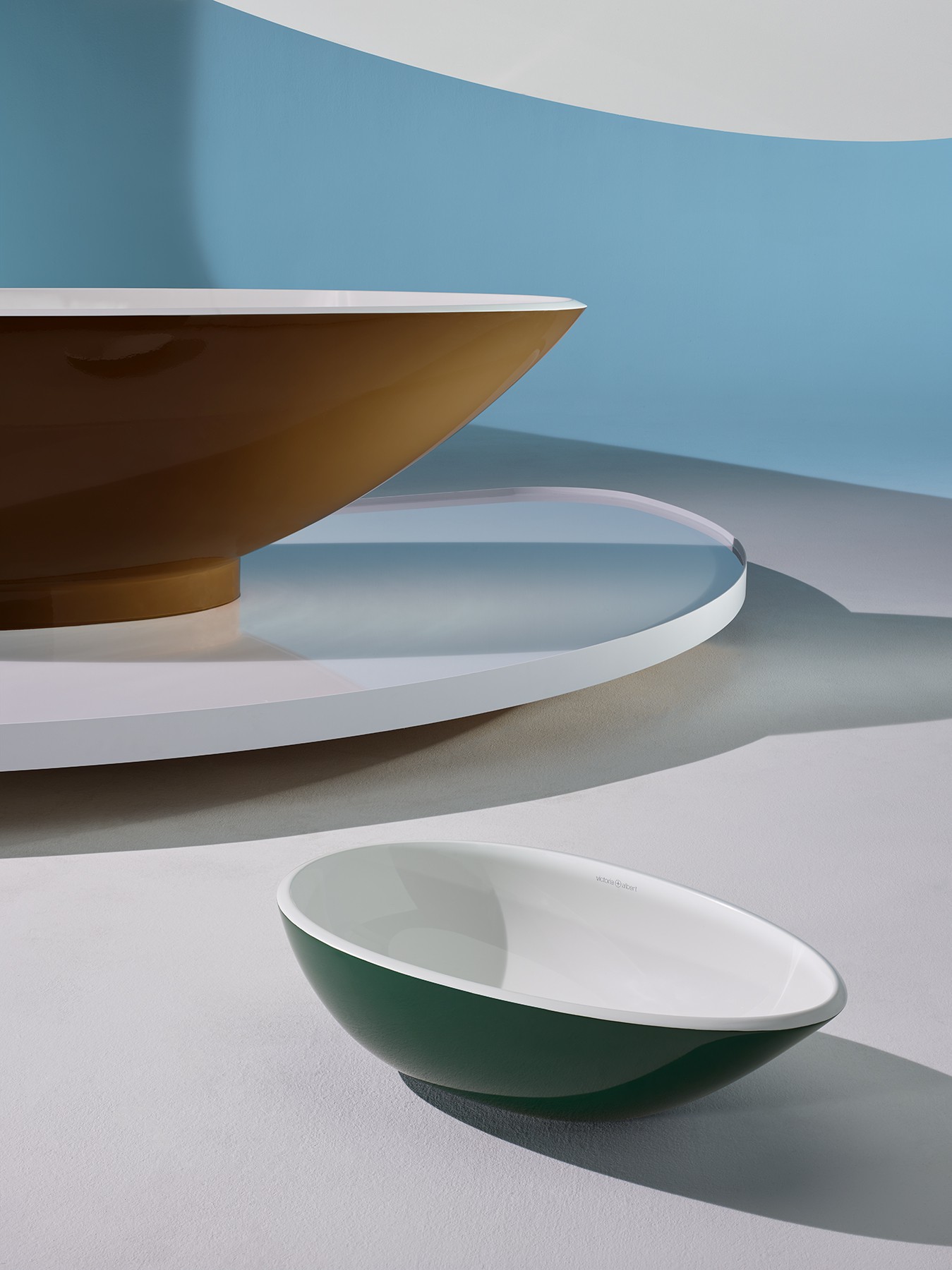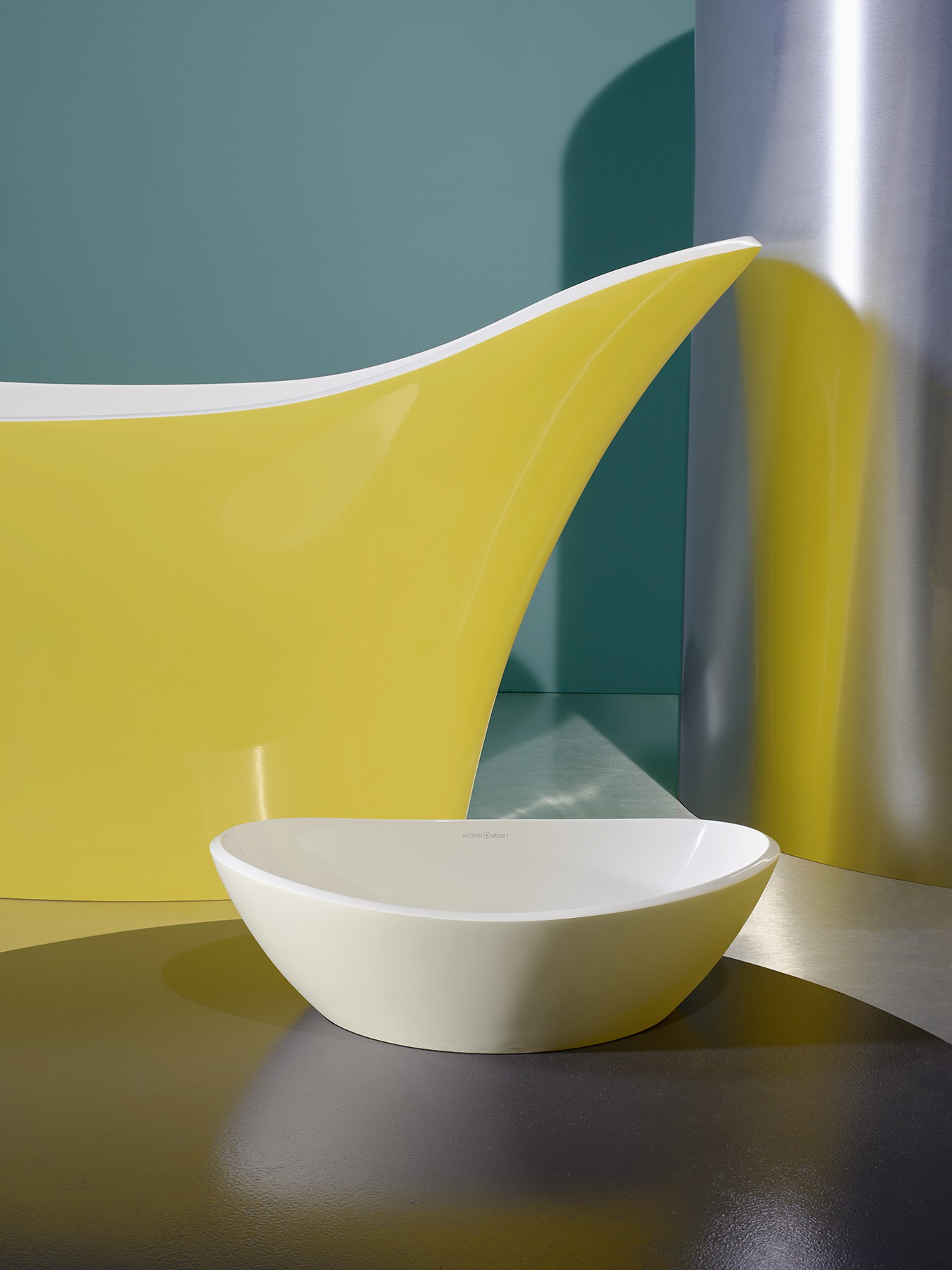Architecture styles of the 20th century inspired the new collection of colour palettes by Wallpaper* and Victoria + Albert. Editor-in-chief Sarah Douglas looked to the tonal ranges employed by Belgian minimalists, the splashes of primaries in Brazilian modernism and the colour-popped chromatics in American postmodernism, adapting and reimagining shade and hue for the contemporary bathroom environment. Your journey into modern ‘bathitecture’ begins here.
Belgian Minimalism palette
Referencing the Belgian minimalist movement in design and architecture, Douglas' subtle colour palette is inspired by the works of architects Glenn Sestig, Vincent Van Duysen and Luc Tuymans. Incorporating cool, calm, soft colours – light blues, linen-like pastels, stone and slate greys – the tonal range of the Victoria + Albert and Wallpaper* Belgian Minimalism palette references raw and untreated materials and has a minimising, focusing effect. By removing attention from objective form and turning attention to the essence of the surrounding environment, this subtly nuanced palette creates a gentle ambience across a bathroom.


Brazilian Modernism palette
A thrilling, pioneering movement in contemporary South American architecture and design informs the Brazilian Modernism palette. Referencing the work of mavericks Lina Bo Bardi, Marcio Kogan and Oscar Niemeyer, the Victoria + Albert and Wallpaper* Brazilian Modernism spectrum comprises rich, deep colours – greens, earth tones, glass-brick blues – as well as concrete and translucency. Bo Bardi’s combination of brightness and brutalism was an inspiration for Douglas – particularly the Italy-born innovator’s use of red accents and architectural detail breaking out of large areas of industrial grey concrete that introduces contemporary, graphic playfulness to the smooth rendered mass.


American Postmodernism palette
The work of Frank Gehry, Philip Johnson, Michael Graves, and Robert Venturi – the pluralism, irony, paradox and contextualism of American postmodernism – all contribute to a palette that is confident, industrial, dramatic, and fearlessly contrasting. Think monochromatics with pops of colour – steel, graphite, grey, black, with soft gold, green glass. Douglas recognised that America’s postmodernist buildings embraced colour like no other architectural movement, giving façades variety and personality through the deployment of coloured glass, ceramic tiles, or stone – an aesthetic sensibility that can be adapted and applied to the bathroom.


